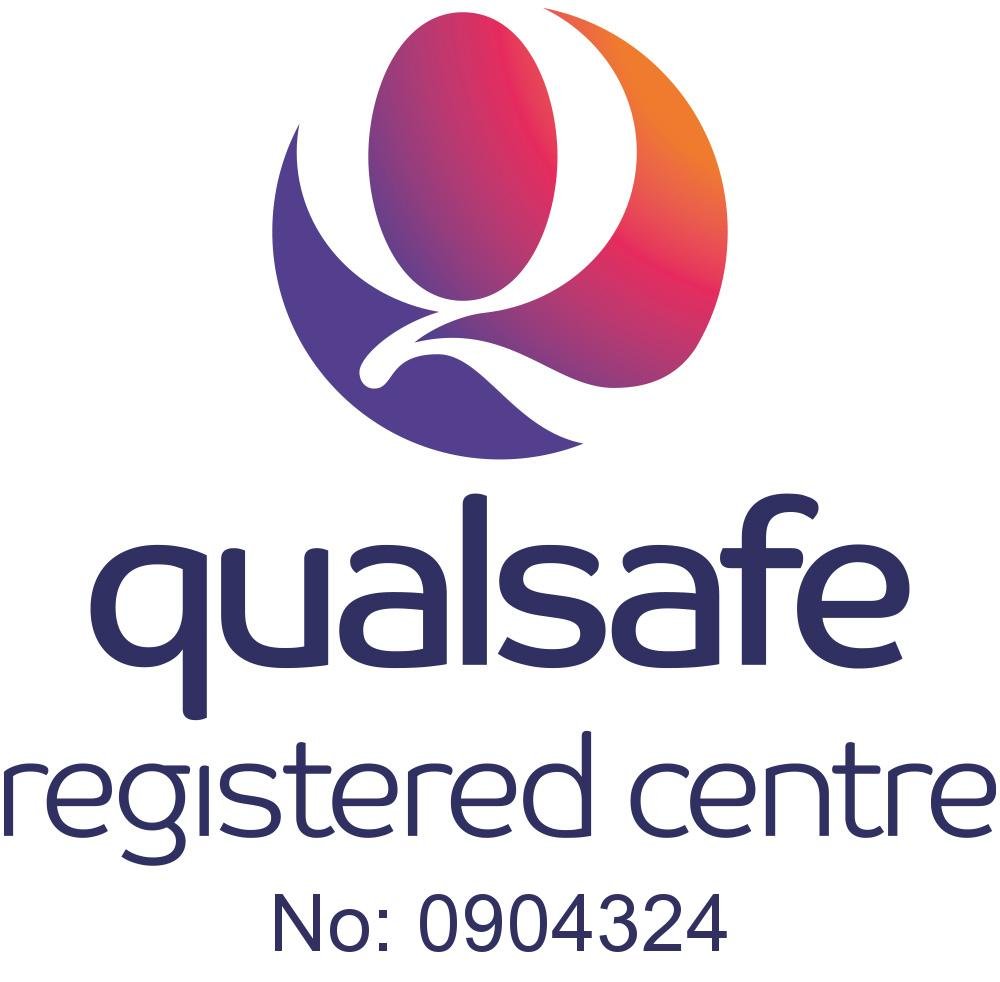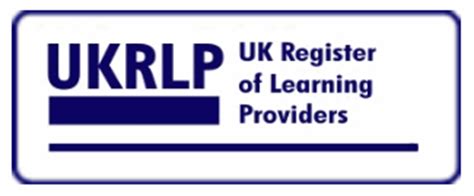"Don't move them!"
/The piece of advice I hear and get questioned about all of the time (along with “just follow your passion”?!) is ‘You shouldn’t move a casualty’.
I agree, I do…. well almost.
It is true that moving a casualty at the scene of an accident, could be detrimental to them. The danger is, that by moving said person, we could further damage that person’s blood vessels causing more bleeding, or perhaps cause more damage to their brain and nervous system or perhaps worsen a broken bone. In turn this could lead to a disability because the spinal nerves are damaged or shock due to the loss of blood or at the very least increased pain to the casualty (which may bring on shock more quickly) and ultimately, unnecessary movement could cause death.
But….
It is important to add something to complete the advice. I’ve already mentioned it above… “Do not move the casualty UNNECESSARILY”
Excuse the use of upper case, I don’t mean to shout about this, but it is important to distinguish between the two. You see, in first aid, actually, in life, there are three systems that are fundamental to our survival: A.B.C.
An airway is vitally important, these are the tubes and structures through which we breathe and in breathing we bring life sustaining oxygen into our bodies and in doing so, we provide what is needed to keep muscles working, specifically the heart which is working to circulate blood and oxygen to the entire body. Did you know that in as little as three to four minutes without oxygen brain cells start to die? Did you? This means that any disruption to A, B or C could lead to D.
So, if we simply state: “Do not move them”, that would mean that we couldn’t act to clear and open an airway, if necessary, we couldn’t provide life saving rescue breath, if necessary and we couldn’t provide adequate circulation by starting external chest compressions, if necessary and it would be difficult to control external bleeding effectively in many cases.
Simply adding the word ‘unnecessarily’ to the statement frees us up to really make a difference at the scene of an emergency.
Once you have ensured that it is safe and have established the presence of an airway that is being used normally and that there is no significant bleeding, then, and only then, do you have the option to assess whether you should move the person needing your help or not.





